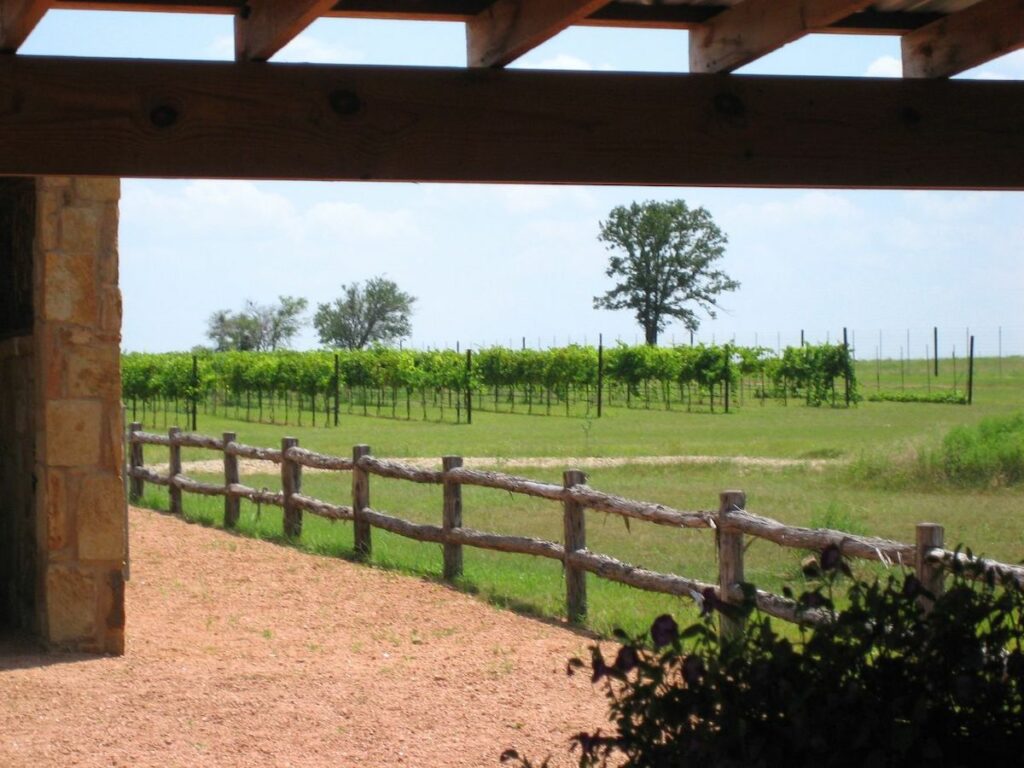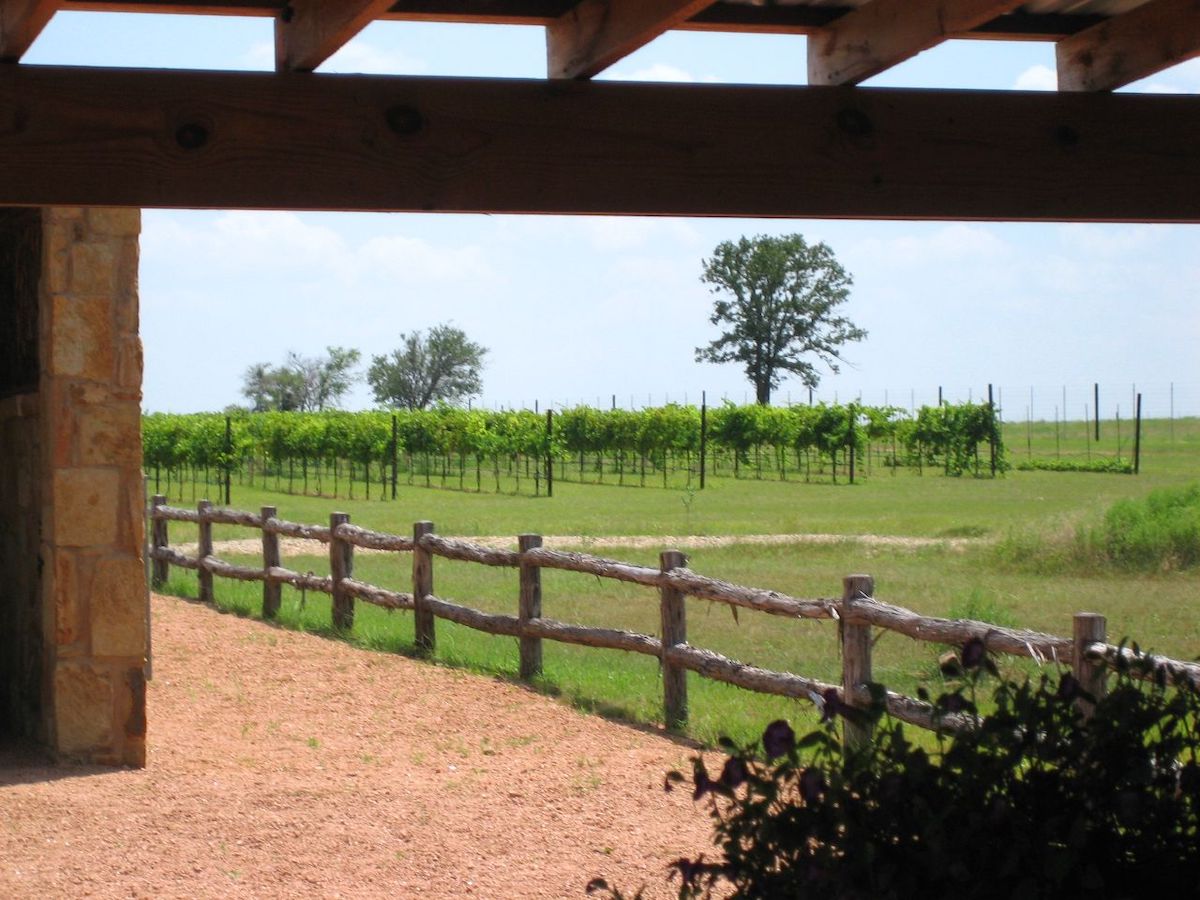Discovering Local Flavors and Vineyards

Exploring the world of Texas wines is an adventure for the palate, offering a diverse range of flavors that reflect the state’s unique terroir. They may find that Texas, with its over 500 wineries and sprawling 5,000+ acres of vineyard, has a rich tapestry of wine varieties that can rival any established wine region. The state has carved out a significant niche in the American wine industry, with a reported economic impact of a $13.1 billion, showcasing its burgeoning potential as a world-class wine region.
Wine enthusiasts venturing into the Texas wine scene will discover an array of grape varieties well-suited to the state’s climate and soil. The red wines hold a significant presence, but there’s also a delightful selection of white wines, including Chardonnay, Sauvignon Blanc, and Riesling. Texas’s vast geography encompasses several distinct wine regions, each imparting its own influence on the character of its wines. Key areas like the Hill Country, High Plains, and Texas Davis Mountains are home to vineyards that produce wines reflective of their unique environments.
When it comes to tasting Texas wines, a few simple tips can enhance their experience. They suggest starting with the appearance of the wine, noting its clarity and color, before taking in the aromas to identify fruit, floral, or earthy notes. Tasting will reveal the wine’s body, acidity, tannins, and flavor profile, allowing one to fully appreciate the complexity of Texas’ offerings. They will find that with every sip, Texas wines tell a story of tradition, innovation, and the relentless pursuit of quality.
Exploring Texas Wine Varieties
Texas wineries offer an impressive variety of wines, each with its own distinctive flavor profile that reflects the unique terroir of the region. Whether one favors the bold tannins of reds or the delicate aromas of whites, there is a Texas wine to suit every palate.
Red Wines of Texas
Texas is known for producing red wines with robust flavors and noticeable tannins. A few notable varietals that thrive in the Texas climate include:
- Cabernet Sauvignon: Often considered the king of red wines, the Texas version boasts a full body with a rich, savory flavor profile.
- Merlot: This variety offers a smoother tannin structure with notes of ripe cherry and herbal touches.
- Syrah: Known for its bold spice and black fruit flavors, Syrah is a hearty wine that reflects the intensity of Texas terroir.
- Tempranillo: celebrated for its versatility and earthy tones, it responds well to the Texas High Plains, yielding wines with flavors of leather and red fruit.
Grape varieties like Zinfandel can also be found, presenting jammy flavors and a hint of sweetness due to the warm Texas sun concentrating sugars in the black grapes.
White Wines of Texas
Texas also produces an array of white wine varietals characterized by their refreshing crispness and range of aromas:
- Chardonnay: With its ability to adapt to Texas soil, Chardonnay often exhibits apple, citrus, and buttery notes.
- Riesling: For those with a preference for slightly sweeter wines, Riesling offers a balance of sweetness and acidity with delightful floral aromas.
- Sauvignon Blanc: This grape variety produces crisp, acidic wines in Texas, redolent with grassy overtones and tropical fruit flavors.
Those more inclined towards aromatic whites may enjoy wines made from Chenin Blanc and Grenache, which are known for their expressive fruitiness and lighter tannin presence in the High Plains and other regions embracing a diversity of white grapes.
By exploring the many grape varieties grown and the types of wine produced, one can appreciate the wine spectrum that Texas has to offer, from the tannin-rich reds to the aroma-laden whites.
The Wine Regions of Texas
When one explores the wine regions of Texas, they are venturing into a landscape rich with variety and steeped in viticultural history. Each area offers its distinct climate, affecting the flavor profiles of the wines and the experiences of the local wineries one might visit.
1. Bell Mountain AVA
Climate: Situated in Gillespie County, Bell Mountain features a specific microclimate with a focus on Bordeaux varietals, benefiting from the area’s unique environmental characteristics.
Wine Varieties: Specializes in Bordeaux varietals which adapt well to the region’s climate and soil conditions.
2. Escondido Valley AVA
Climate: Located in a region with limestone bedrock and calcium-rich soils, it has distinct soil types that contribute to the unique wine profiles.
Wine Varieties: Despite being a smaller producing area, it is noted for its distinctive growing conditions suitable for various wine grapes.
3. Fredericksburg in the Texas Hill Country AVA
Climate: Part of the larger Texas Hill Country, this AVA benefits from a similar mild climate and varied geography, enabling the growth of many varietals.
Wine Varieties: Known for a strong wine production culture, particularly for those varietals well-suited to its climate.
4. Mesilla Valley AVA
Climate: This AVA features a hot climate, particularly during harvest time, with a significant temperature range between the desert valley and the fertile river basin.
Wine Varieties: It’s known for producing a range of varietals including Cabernet Sauvignon, Chardonnay, and unique varieties like Albariño and Zinfandel.
5. Texas Davis Mountains AVA
Climate: Offers a range of elevations leading to cooler nights and less intense heat compared to lower altitudes, beneficial for grape growing.
Wine Varieties: The area is conducive to growing varieties like Sangiovese, Malbec, and Cabernet Sauvignon, among others.
6. Texas High Plains AVA
Climate: This extensive area benefits from cooler nights and higher elevations, offering ideal conditions for vineyard development.
Wine Varieties: Includes a wide array of grapes such as Cabernet Sauvignon, Merlot, and Viognier, reflecting the AVA’s large size and diverse growing conditions.
7. Texas Hill Country AVA
Climate: Encompassing a large area with varied geography and mild climate, it offers a beneficial environment for a wide range of grape varietals.
Wine Varieties: Known for its diverse wine production including red varietals like Cabernet Sauvignon and Tempranillo, as well as white wines such as Viognier and Riesling.
8. Texoma AVA
Climate: Features a semi-arid climate with hot summers and cool nights, ideal for certain grape varietals.
Wine Varieties: Focuses on white wines like Viognier and Chardonnay, but also produces reds like Merlot and Cabernet Sauvignon.
Journey Through Texas Winemaking
Embarking on the journey of Texas winemaking provides an insight into the traditions and techniques that make the wines of this region unique. From understanding the process to visiting the wineries, one appreciates how the local climate, grape varieties, and winemaker’s craft shape each bottle’s character.
The Winemaking Process
Texas winemaking begins in the vineyard, where an array of over 75 grape varieties flourishes across the diverse Texan landscapes. Each vintage reflects the year’s climate and the land on which the grapes were grown. The fermentation process follows the harvest, where yeast is introduced to convert the grape juice into wine. Controlling the yeast and fermentation conditions is crucial and varies among wineries. Many Texas wines are aged in oak barrels, which impart distinct flavors and contribute to the character and complexity of the wine.
- Grape Variety: Critical to flavor, popular Texas varieties include Tempranillo and Viognier.
- Vintage: Defines the year of harvest and can vary in quality.
- Fermentation: A pivotal step where sugar transforms into alcohol, mediated by yeast.
- Barrels: Often made of oak, barrels are essential for aging and flavoring wine.
Visiting Local Wineries
Visiting a local winery is the best way to experience Texas wine firsthand. Guests are often treated to a tour which may include glimpses into the vineyards, where one can see the source of the divine grape varieties. Tasting rooms provide the opportunity to savor various wines, from bold blends to those with a touch of residual sugar for sweetness.
- Winemaking: Learn about techniques directly from the winemakers.
- Tasting Tips: Use all senses to appreciate the wine’s aroma, taste, and texture.
- Local Store Availability: Many Texas wines are available in grocery stores, but exclusive or limited editions are often only found at the wineries.
As they journey through Texas winemaking, enthusiasts will discover the dedication behind each bottle, reflecting the state’s rich history and winemaking culture.
Exploring Texas wines offers enthusiasts a diverse palette of flavors, influenced by the state’s various wine regions. The Hill Country, the High Plains, and the Texas Davis Mountains are just a few areas where one can taste and learn about the state’s robust wine culture.
Texas is renowned for both red and white wines, with red wines holding a significant presence, especially varieties like Cabernet Sauvignon, Tempranillo, and Mourvèdre. To appreciate the breadth of choices, they should not overlook white wines such as Chardonnay, Sauvignon Blanc, and Riesling, all of which reflect the unique terroir of Texas.
When tasting Texas wines, they are encouraged to engage their senses fully — noting the aromas, flavors, and textures. Each grape varietal and blend tells a story of the local climate, soil, and wine-making practices. Visitors and locals alike can enrich their culinary experiences by integrating these wines with regional cuisine.
The wine industry in Texas is not just a matter of local pride; it’s also a significant contributor to the economy. Interested individuals should consider visiting Texas wineries or attending wine tasting events to support local businesses and experience the distinctive character of Texas wines firsthand.

